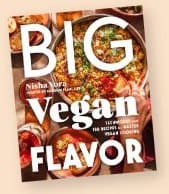Hello, friends! Last week, I gave you my favorite egg substitutes for vegan baking in Part I of this post, and today we’ll continue with additional vegan baking substitutes.
If you’ve perused this blog or my Instagram page, you know I love to bake, so this topic is near and dear to my heart.
1. Vegan Butter
A cursory glance at my recipes will show you that I’m no health nut. I don’t proclaim to be gluten-free, soy-free, or sugar-free. I try to eat a lot of vegetables and don’t eat fast food, but I’m not a saint and don’t intend to be. So not every product here is going to be 100% “clean” or whatever that means these days. Which brings me to my go-to substitute for butter: Earth Balance original buttery spread or buttery sticks.
I love the way Earth Balance tastes (I promise I don’t work for them). Plus, their spreads are made with better ingredients than than those creepy margarines from the 1990s like I can’t believe it’s not butter.
I use the original spread or sticks in baking all the time and no one can tell the difference. From cookies and brownies to frosting and cakes, it works like a charm. Also, sometimes I just lather it on toast because what’s better than buttered bread? #amirite
If you can’t tolerate soy, Earth Balance has a soy-free buttery spread, an olive oil spread, and even a coconut oil spread.
And if you have a little extra money to spare, I recommend Miyoko’s Butter. It’s cleaner and less processed (but much more expensive)!
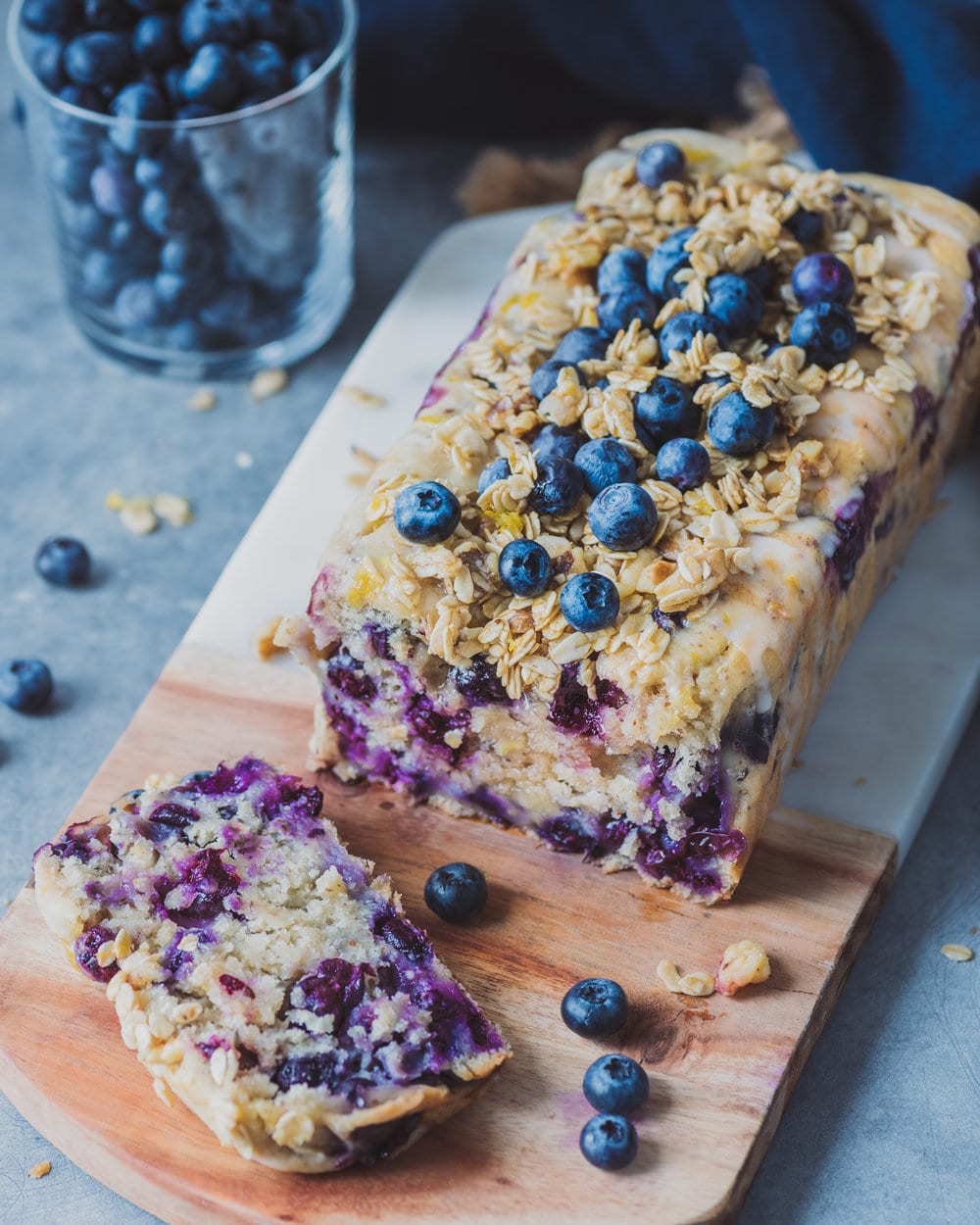
2. Coconut Oil
Sticking with substitutes for butter, let’s talk about coconut oil. It may sound strange to use an oil in lieu of butter, but coconut oil, like butter, is solid at room temperature so it makes a great butter substitute. You can also use melted coconut oil instead of less less healthy oils that are commonly used in baked goods such as vegetable oil. In both cases, substitute in a 1:1 ratio.
I use coconut oil in cookies, brownies, baked donuts, cakes, crisps/crumbles, and frostings. Unrefined coconut oil does lend a distinct coconut flavor to your baked goods if you use more than a few tablespoons, so if that doesn’t vibe with the flavors of your dessert, try using refined coconut oil (disclaimer: the refining process removes some of the nutrients found in coconut oil).
And in case you’re scared of the high saturated fat content in coconut, don’t be! For one, coconut oil has been found to increase your “good” HDL cholesterol. Two, much of the saturated fat found in coconut oil is lauric acid, a medium-chain fatty acid. Medium-chain fatty acids like lauric acid are more easily digestible and more readily burned as energy than stored as fat, relative to long-chain fatty acids found in animal products. Finally, coconut oil has more than just fat – it also has antioxidant-, antiviral- and immunity-boosting properties.
So, the next time you come across a recipe that calls for butter, happily substitute coconut oil.
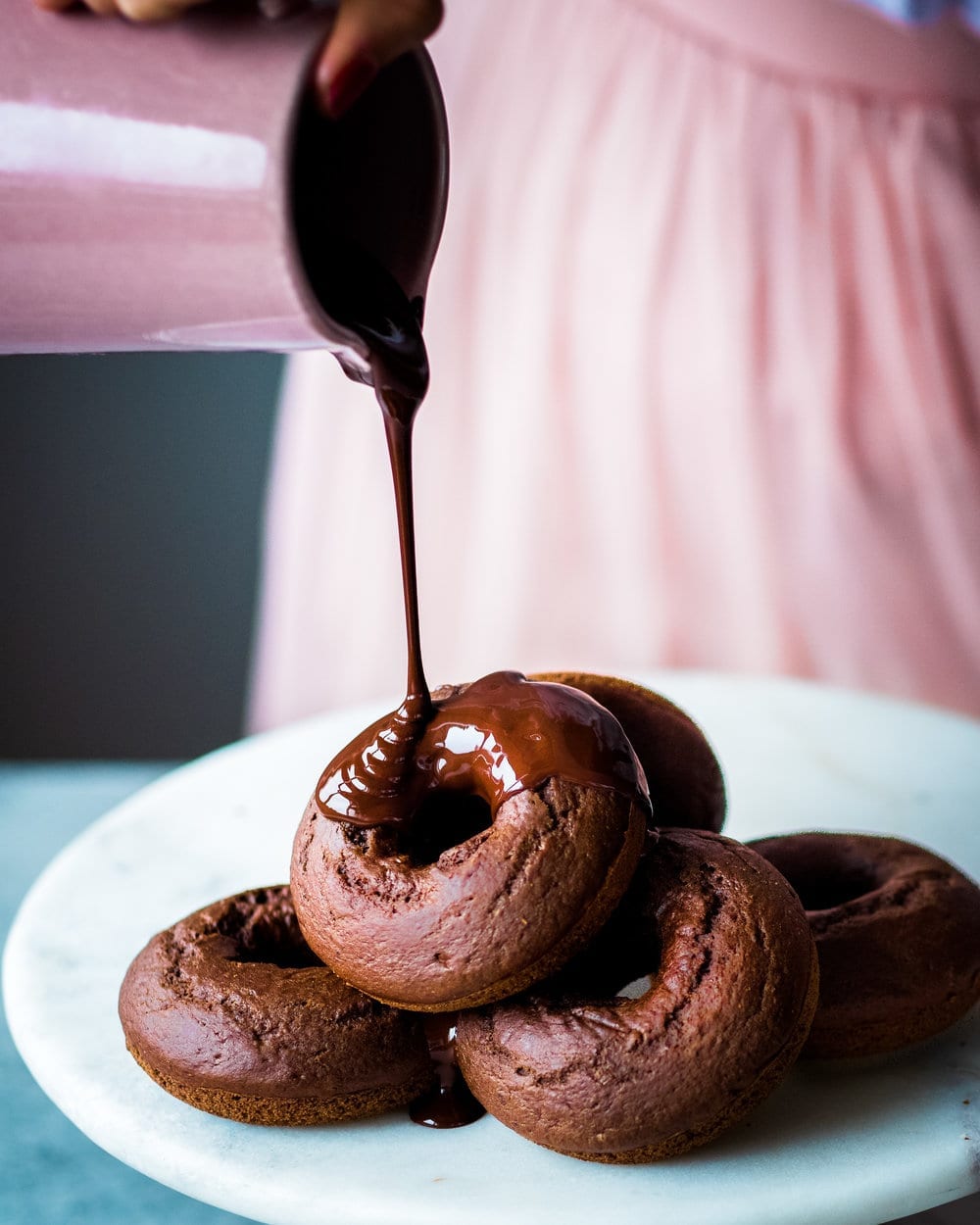
3. Coconut Milk
Another coconut product, you don’t say! Just kidding, vegans love coconuts. I use canned coconut milk in so many dishes, from curries and soups to pies and raw cheesecake. It adds such a rich creaminess that is unbelievably luxurious.
Full-fat canned coconut milk is a wonderful substitute for heavy cream, condensed milk and evaporated milk, whereas “lite” canned coconut milk–which has 60% of the calories and fat of ordinary coconut milk–is a great substitute for milk. No conversions required either – simply replace these dairy products in a 1:1 ratio.
I love adding coconut milk to cakes, breads, and cupcakes because it adds a lovely richness. While your raw batter or dough might taste strongly of coconut, that intense coconut flavor will be wear off during baking.
Coconut milk is also great in puddings, mousses, and raw cheesecakes. A lot of raw cheesecake recipes call for using almond milk but I always use full-fat canned coconut milk because it makes the filling so creamy and rich. More calories, yes, but hey, it’s dessert, what did you expect?
Oh, and I’d be remiss if I didn’t mention using coconut milk in frosting, ice cream, and whipped cream. Well, I should clarify this point: I use coconut cream instead of coconut milk for these items. You can buy canned coconut cream or you can “make it” yourself by simply refrigerating a can of coconut milk for at least 24 hours and then using only the hardened/solid cream portion (save the liquid portion for another use).
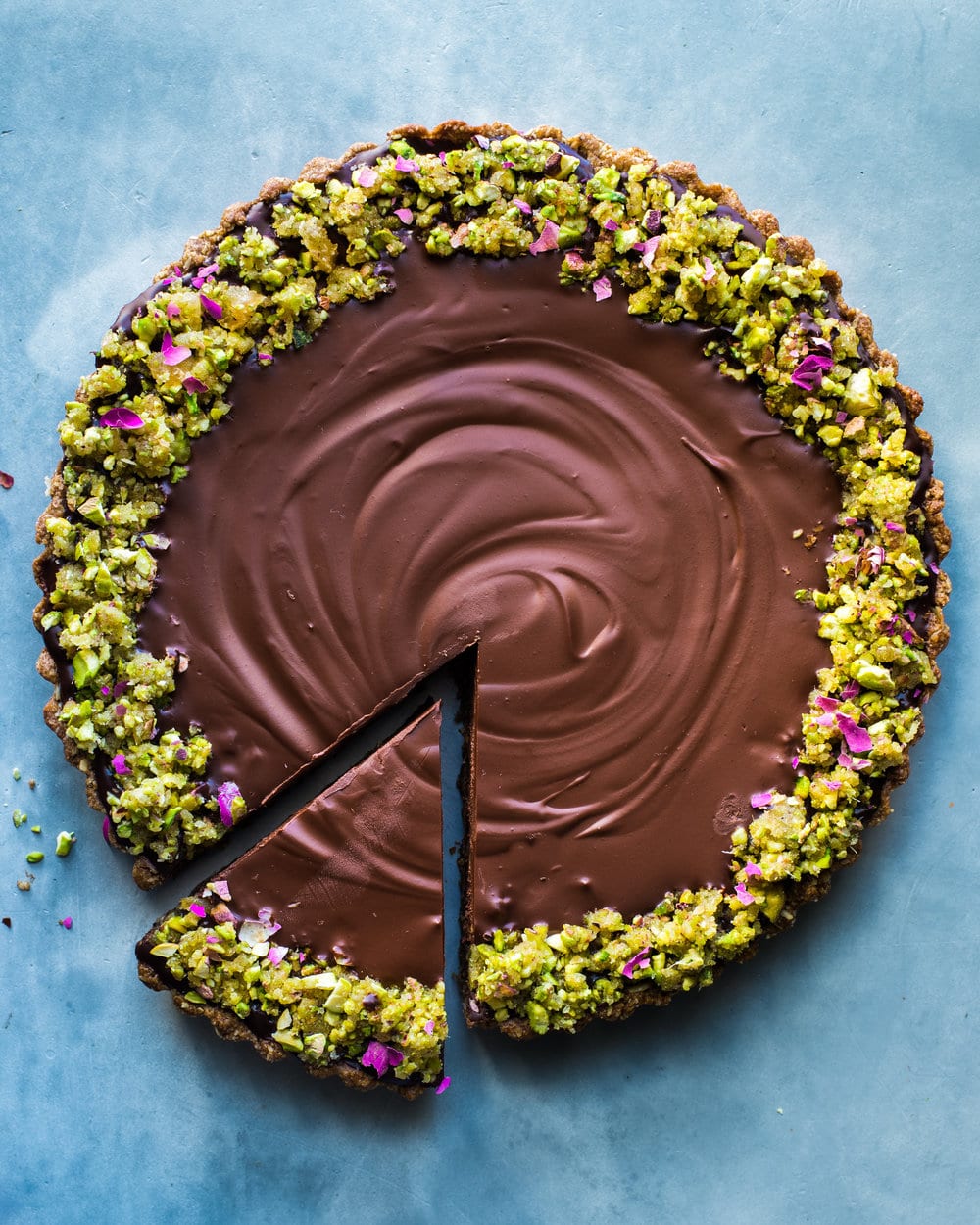
4. Avocado
If you don’t like the taste of coconut or balk at the idea of using store-bought butter substitutes, avocado is a great substitute for butter. Your results will vary based on the type of baked good (i.e., muffins vs. brownies), but you can typically replace half of the butter in a recipe with puréed avocado and expect similar results. If you want to replace all of the butter with avocado, you can do so, but the texture will be different and you will want to increase the amount of liquid to compensate. Also, be sure to thoroughly purée your avocado in a food processor so you don’t end up with nasty chunks.
WriteI really like using puréed avocado in loaf breads, muffins, brownies, and raw cakes, as well as in custards, mousses, and puddings. Like in this chocolate avocado mousse.
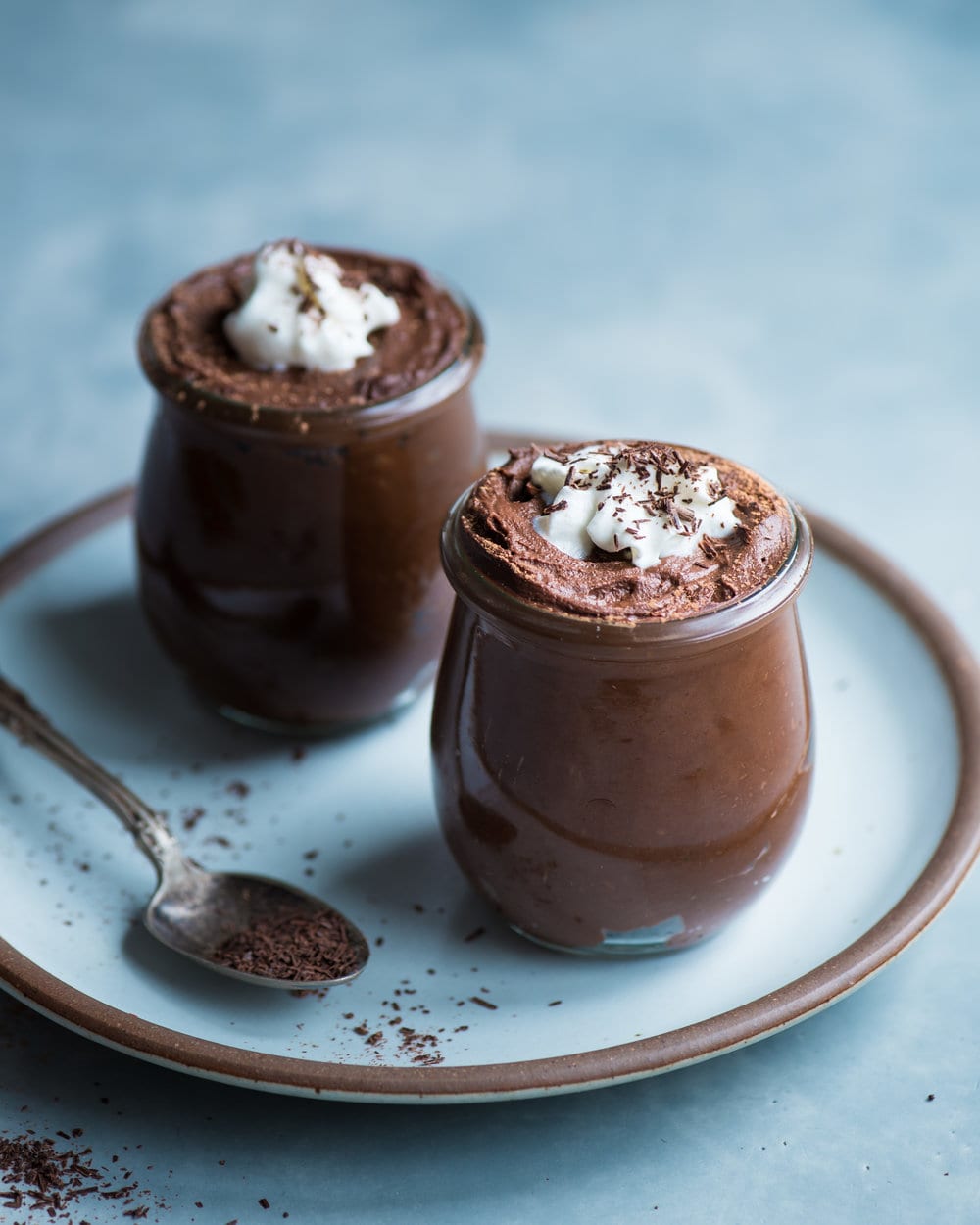
Using avocado instead of butter will lend a chewier, softer texture to your baked goods, and it might give the final product a brownish color. Because of the latter part, it’s easiest to add avocado to chocolate-based baked goods, as the color change will not be noticeable. And if you’re replacing all of the butter with avocado, it’s best to reduce your oven temperature by 25 degrees Fahrenheit to prevent your baked goods from getting too browned. However, the taste should not be noticeably impacted by using avocado in lieu of butter.
5. Raw Coconut Nectar
While maple syrup and agave nectar are the most popular replacements for honey, if you want to replicate the thick, viscous, sticky texture of honey, coconut nectar is your best and healthiest option. As an added benefit, coconut nectar is completely raw, so it’s perfect if you want to make 100% raw desserts. It’s one of the few sweeteners that can be described as 100% natural, as it’s derived from freshly obtained coconut tree sap.
And despite being a sweetener, coconut nectar still has some health benefits. For instance, it has a relatively low GI index of 35 (compared to 68 for table sugar); is rich in B vitamins and minerals including magnesium, potassium, and zinc; and contains 17 amino acids.
Don’t get me wrong. I’m not saying that coconut nectar is a panacea for your health problems. After all, it’s still a type of sugar. But its lower GI index means that it’s less likely to give you a sugar high and send your blood sugar levels skyrocketing. And it’s a great substitute for honey because it has a very similar sticky, thick texture, particularly in recipes that rely on a large quantity of honey. You can replace honey with raw coconut nectar in a 1:1 ratio.
The texture is smooth and almost buttery (still vegan tho, just FYI) and the taste is fantastic. In addition to baked goods, it’s great drizzled on almond butter toast, oatmeal, or any other breakfast foods.
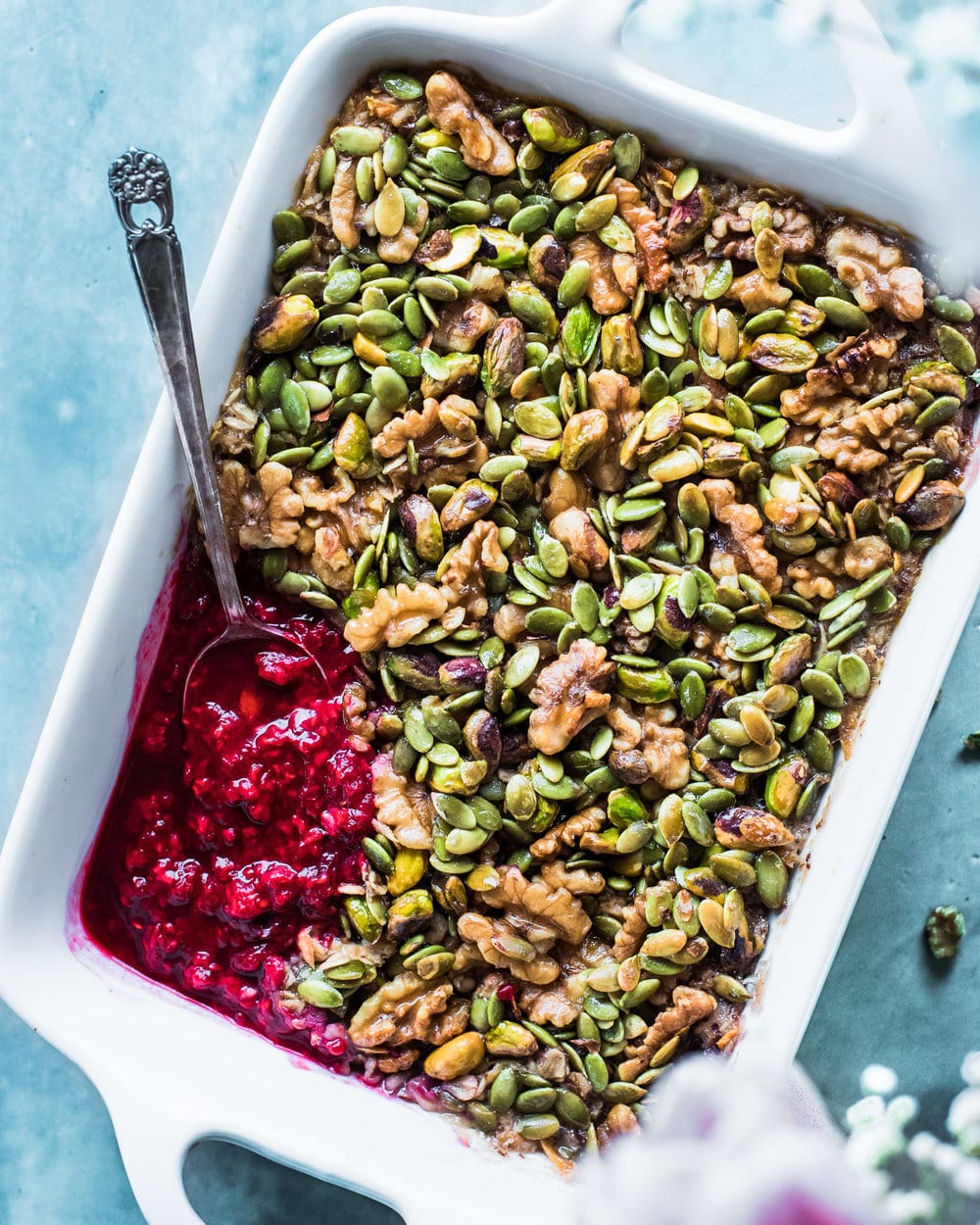
I hope you found this guide to vegan baking substitutes helpful! Let me know your thoughts, questions, and ideas in the comments.
